Home Design Tips for Seniors
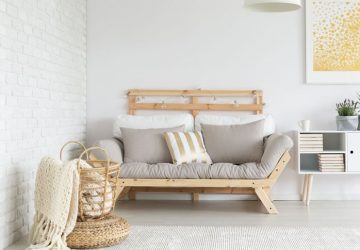
As people age, their needs and preferences for home design can change significantly. Creating a safe, comfortable, and accessible living environment is crucial for seniors to maintain their independence and quality of life. Here are five home design tips that are particularly suitable for seniors, ensuring their homes are both functional and aesthetically pleasing.
1
Simplify and Declutter
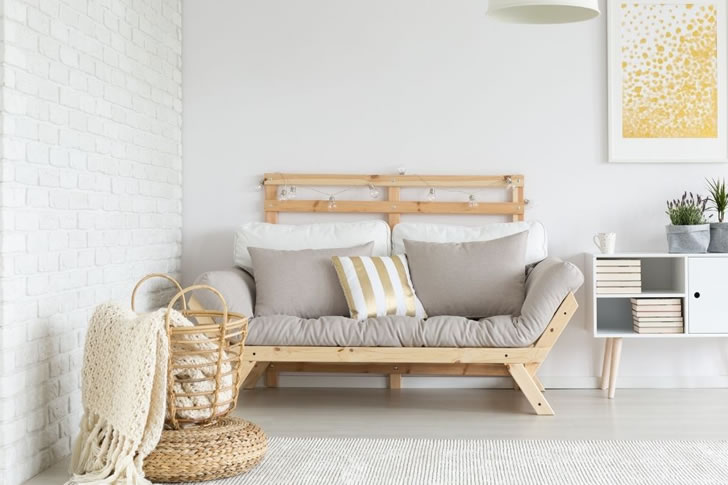
Keeping the home environment simple and clutter-free is beneficial for seniors, as it reduces the risk of trips and falls and makes it easier to navigate the space. Start by organizing and minimizing items in frequently used areas such as the kitchen, living room, and bedroom. Ensure that pathways are clear of obstacles, and keep frequently used items within easy reach to avoid the need for excessive bending or stretching. Furniture should be arranged to allow for easy movement, and unnecessary pieces should be removed to open up space. Using storage solutions like shelves, cabinets, and bins can help keep items organized and out of the way. Labeling storage areas can also be helpful for memory support. Additionally, choosing furniture with rounded edges can prevent injuries from accidental bumps. By simplifying and decluttering the home, you create a safer and more comfortable environment that is easier for seniors to maintain and enjoy.
Do you agree?
2
Improve Lighting
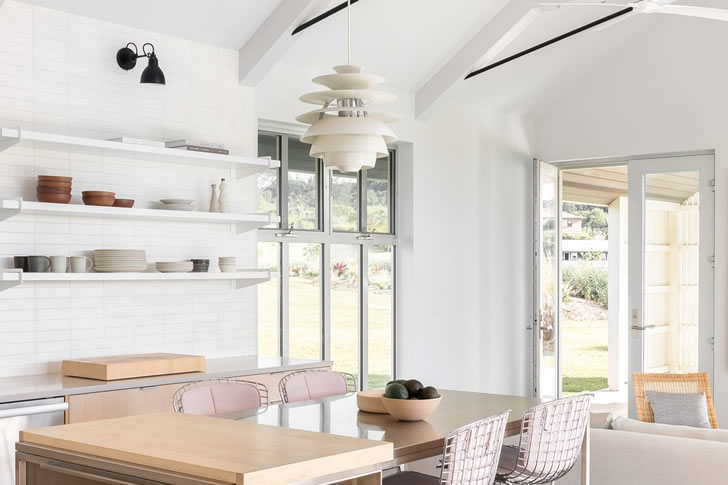
Good lighting is essential in a senior-friendly home, as it can help prevent accidents and make daily activities easier. Seniors often require more light to see clearly due to age-related changes in vision. Ensure that all areas of the home, especially stairways, hallways, and bathrooms, are well-lit. Use bright, high-contrast lighting to reduce glare and shadows. Consider installing motion-sensor lights in key areas to provide automatic illumination when someone enters the room, which is particularly helpful during the night. Additionally, task lighting, such as under-cabinet lights in the kitchen and reading lamps in living areas, can provide focused light where it is most needed. Dimmable switches can also be beneficial, allowing seniors to adjust the brightness to their comfort level. By improving lighting throughout the home, you can significantly enhance the safety and functionality of the living environment for older adults.
Do you agree?
3
Install Grab Bars and Handrails
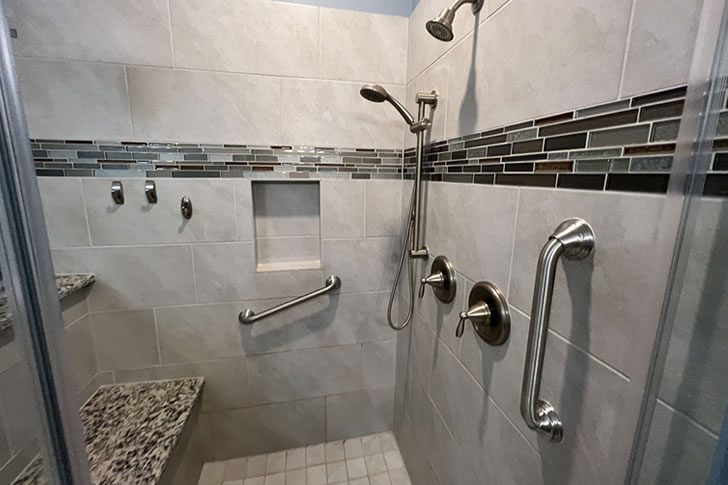
One of the most important home design modifications for seniors is the installation of grab bars and handrails. These supports provide stability and reduce the risk of falls, which are a common concern for older adults. Grab bars should be installed in critical areas such as bathrooms, next to toilets, and inside and outside the shower or bathtub. Handrails should be added along stairways and in hallways. When selecting grab bars and handrails, it’s important to choose models that are sturdy and able to support significant weight. They should be securely fastened to the wall studs to ensure they can handle the pressure without detaching. Additionally, these supports can be designed to blend with the home’s decor, with various styles and finishes available to match existing fixtures. Installing grab bars and handrails not only enhances safety but also provides peace of mind for seniors and their families.
Do you agree?
4
Create Accessible Bathrooms
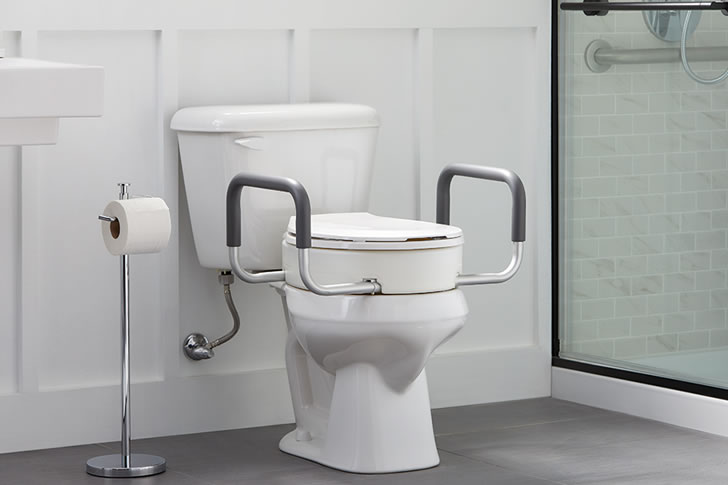
Making bathrooms more accessible is a critical aspect of senior-friendly home design. Start by considering the layout to ensure there is enough space for maneuvering, particularly if a wheelchair or walker is used. Installing a walk-in shower with a low or no threshold can significantly reduce the risk of tripping and falling. Add a shower seat and a handheld showerhead to provide stability and convenience. Non-slip flooring is essential to prevent slips and falls; choose materials that offer good traction even when wet. Raised toilet seats can make sitting and standing easier for those with limited mobility, and adding grab bars around the toilet area enhances safety. Lever-style faucets are easier to operate than traditional knobs and can be installed in sinks and showers. By focusing on accessibility and safety, you can create a bathroom environment that supports the needs of seniors, promoting their independence and well-being.
Do you agree?
LATEST POSTS
- 1
 Find Out How to Safeguard Your Gold Investment from Volatility
Find Out How to Safeguard Your Gold Investment from Volatility - 2
 Find Out How to Finance Your Roof Replacement
Find Out How to Finance Your Roof Replacement - 3
 How to Avoid Common Pitfalls When Hiring a Roofing Company
How to Avoid Common Pitfalls When Hiring a Roofing Company - 4
 How to Select the Ideal Roofing Company for a Successful Roof Replacement
How to Select the Ideal Roofing Company for a Successful Roof Replacement - 5
 How to Safeguard Your Senior Apartment for Optimal Safety and Comfort
How to Safeguard Your Senior Apartment for Optimal Safety and Comfort
Share this article




